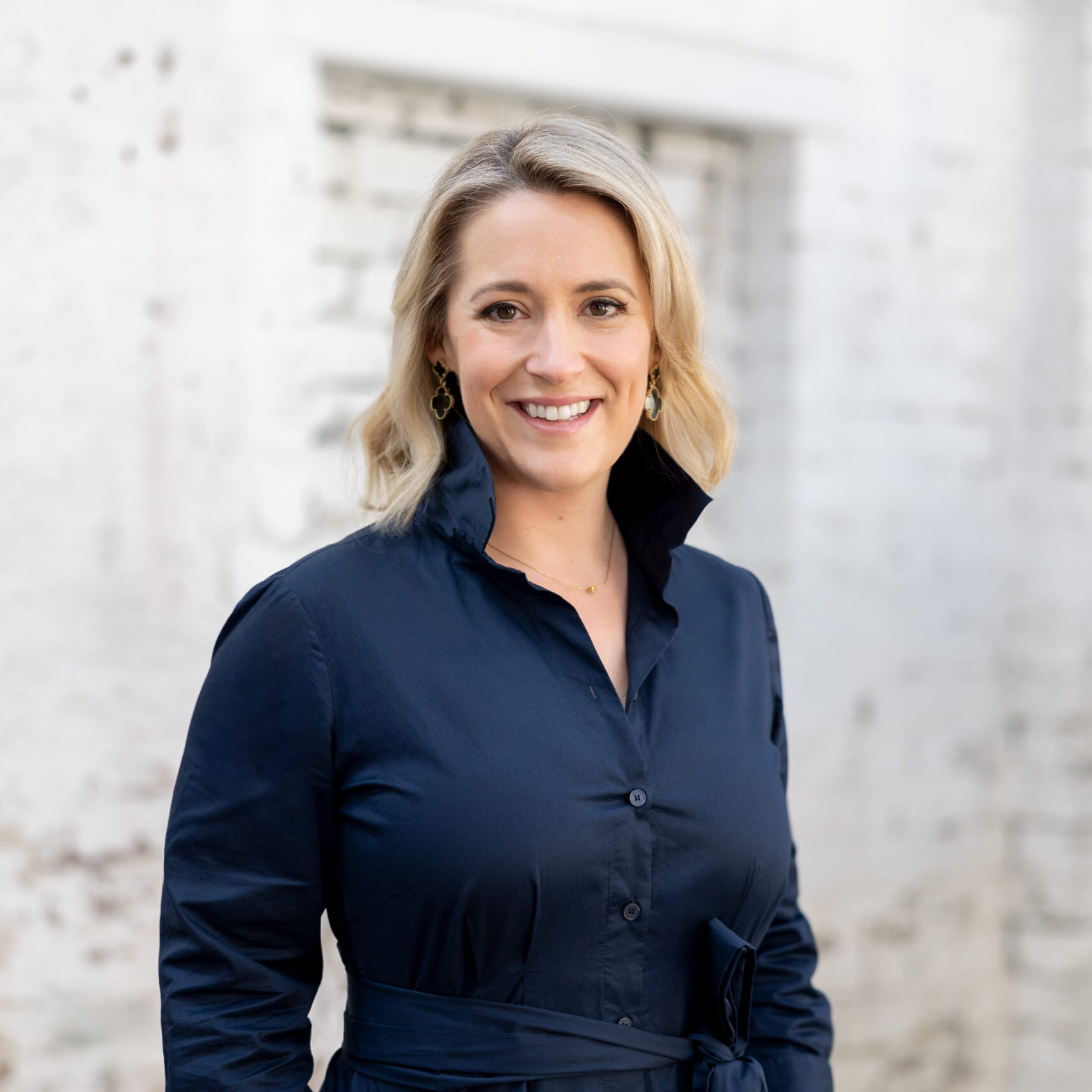
In Conversation with Stephen Banham – Again!

What is your current position and job title?
If I had an ‘official title’ it would have to cover a lot of different aspects of what I do – so I guess I’d be broadly described as a typographer, designer, writer and educator. It wouldn’t fit on a lanyard that’s for sure.
Tell us a bit about yourself.
I’ve been doing all of the above for about 30 years or so. So I not only bridge the design industry and academia, I also straddle the digital divide, having been brought up on bromides and rubber cement right through to digital font design and coding. But all of these things cross-pollinate beautifully to the point where I can pursue the questions I have in my head. Throughout this time I’ve written about 18 books on typography, spoken at just about design conference around and even been a typographic expert witness in the Federal Court of Australia.
Who (or what) inspires you?
Curiosity inspires me. That might sound like a rather abstract answer but curiosity can ultimately take any form and be translated through just about anyone. It’s the thing that keeps me going every day.
How did you get your first break?
Unfortunately (or otherwise) I had to make my ‘first break’ myself. I started up the studio in the middle of a recession in 1990/91. But it was through this ‘baptism of fire’ that I produced my first book series (Qwerty) which was soon recognised across the design world and so I kept going with these typographic observations and writings. I’m a strong believer in just doing stuff that you want to do for seemingly no reason only for find decades on that it all links together as a continuum, as a design practice.
Tell us what you are currently working on?
Currently the studio is working on a very large commission for the Brisbane Anzac Square refurbishment. It’s 200 square metres of bronze typography. That’s the built stuff, we’ve also just completed the Sans Forgetica project which went nuts beyond anything we had imagined. And we’re just about other projects across many other mediums.
Any top tips for an aspiring typographer?
What I found useful was to develop both a macro and micro lens across one’s practice– the finer craft is only meaningful if you can understand the bigger picture. As you get older, the bigger picture (and the depth of meaning) becomes more important. You also need a strong will to stick with a project and see it through to its unpredictable end.
Share it around…






